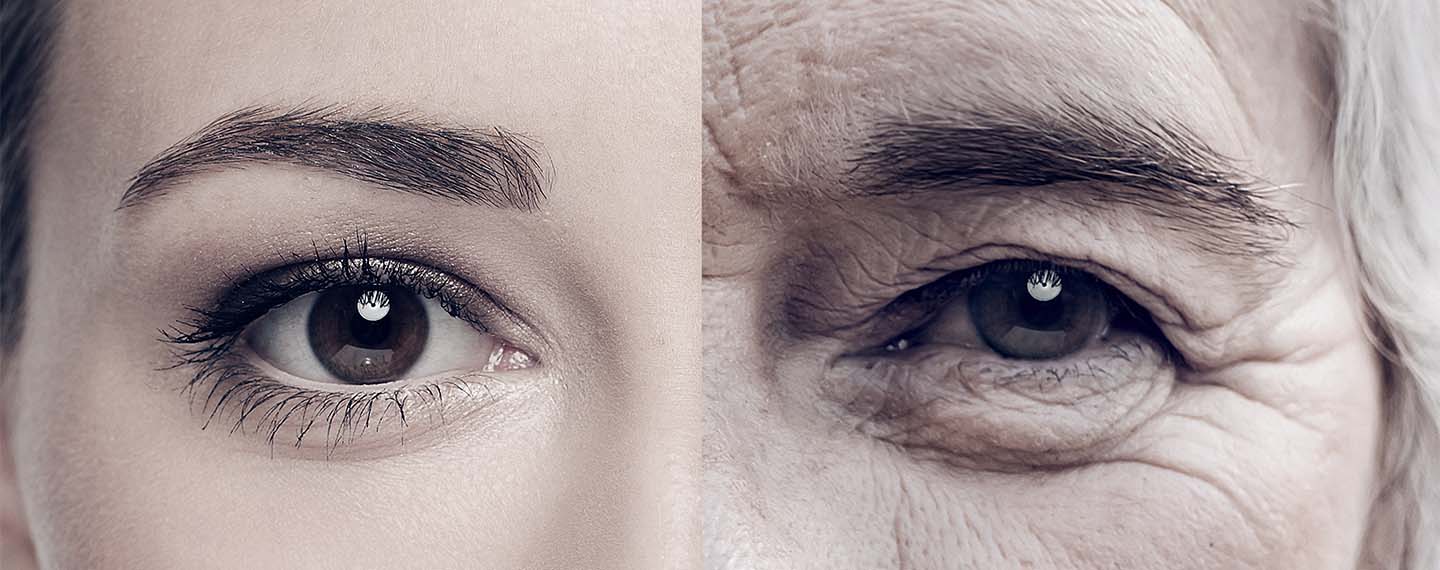A recent cartoon in El País by El Roto titled ‘Young lovers contemplating the moon’ showed a couple holding hands and looking up at a house in the sky, perfectly capturing one of the most pressing problems facing Spaniards under the age of 30.
Getting on the property ladder is far from being an exclusively Spanish problem, but it is a particularly acute issue. Owning or renting a home is increasingly out of reach for young adults because of high unemployment (28% of those under 25 are jobless, double the EU average) and if they have a job it tends to be temporary and precarious (see Figure 1).
Figure 1. Youth unemployment rates, (%)
| % | |
|---|---|
| Germany | 6.1 |
| Poland | 10.3 |
| EU | 13.9 |
| France | 16.9 |
| Italy | 21.7 |
| Spain | 28.4 |
As a result, young adults are forced to live with their parents for much longer than before. Two thirds of 18-34 year olds in Spain live with their parents compared with 30% in Germany and 20% in Nordic countries. The average age when Spaniards leave home is 29 (26 in the EU) and in Nordic countries under 20. The proportion of young people aged 15-29 living in overcrowded households[1] is 11.2%, almost double the rate for the whole population, but this is nothing compared with Italy’s 43.7% (see Figure 2).
Figure 2. Overcrowding rate, 2021 (%)
| People of all ages | People aged 15-29 | |
|---|---|---|
| Italy | 28.0 | 43.7 |
| EU | 17.0 | 26.0 |
| Germany | 10.6 | 17.9 |
| France | 9.4 | 17.2 |
| Spain | 6.4 | 11.2 |
| Netherlands | 3.4 | 7.5 |
Women having their first and usually only one child at 31 (25 in 1980). Spain has one of the world’s lowest fertility rates at 1.19, below the rate of 2.1 to keep the population steady. But for the influx of millions of immigrants over the past 20 years the population would have shrunk significantly.
At the other end of the age spectrum, pensioners are relatively pampered. The great majority of them own their homes and received an 8.5% increase in their pensions this year, in line with average inflation in 2022, compared to a rise of around 3% in average salaries.
A recent and important book, La juventud atracada (‘Trapped Youth’, Península) by the economist José Ignacio Conde-Ruiz and his 19 year-old daughter, Carlotta Conde Gasca, a member of Generation Z (see Figure 3), highlights the sharp differences between the young and the elderly, and calls for a paradigm shift in government policies. Whichever party or parties form the next government after the general election on 23 July would be wise to read the book carefully. The young have been gradually losing out. Politicians have known this for years but have done nothing other than make empty promises.
Figure 3. Per capita income growth when each generation was young
| % | ||
|---|---|---|
| Baby boomers (1958-75) | 645 | x7 |
| Generation X (1965-80) | 130 | x2 |
| Millennials (1981-96) | 10 | = |
| Generation Z (1997-2012) | ? | ? |
Pensions in a country that is ageing fast already absorb more than 60% of total social protection spending. Expenditure rose from 13.8% of GDP in 2008 to 17.4% in 2019 (before the onset of the pandemic). The share of this spending that went on the elderly rose from 75% of the total to 82% during that period, while items that most benefit young adults –family policies, housing, unemployment and social exclusion– fell in GDP terms.
The 2022 labour reforms have reduced the deep split between workers on relatively generous permanent contracts and those on precarious temporary contracts (mainly the young), but only in the private sector (13.7% of contracts in March 2023, in line with the EU average, as against 30% of public sector workers). The reform introduced discontinuous fixed contracts, used in specific tasks that require a specific season, for example in agriculture and tourism. Once the season is over, the worker stops and rejoins automatically at the start of the following season. These contracts, however, are more precarious than the normal fixed contract as companies have greater flexibility deciding when people work.
Spain, unlike Germany, has long been a home-owning society, but this is changing. In 2020 36% of those under 35 owned their home, down from 69% in 2011.
The public sector housing stock is less than 3% compared to an EU average of around 10%. Growth in salaries long ago lagged way behind that of house prices. Salaries for the under 35s have fallen in real terms since the financial crash of 2008. House prices were up 77% in absolute terms between 1996 and 2022 and per capita income by only 28%.
The housing policy of successive governments focused on building VPOs (viviendas de protección official) every year for low-income families or individuals. The number built dropped from 90,000 in 1997 to 10,000 in 2021. Being assigned one was like winning the lottery, as they were sold at below market prices and the owner could sell after a certain number of years at the market price, pocketing the difference. The housing law approved earlier this year by the outgoing Socialist-led government aimed to build 50,000 homes for rent, a move in the right direction but a drop in the ocean.
What can be done to ease the lives of young adults? Populist one-off measures such as that announced by Yolanda Díaz, the Labour Minister and leader of the newly created hard left Sumar platform, shortly before the general election, to give every person in the country €20,000 to spend on study, training or setting up a business once they reach the age of 18, are not the solution. Economy Minister Nadia Calviño, her colleague in the Socialist-led coalition, quickly questioned the idea that would cost €10 billion. ‘Anyone who proposes giving subsidies or grants without any kind of restrictions when it comes to income levels or aims needs to explain how it would be financed because we’re going to have to carry on with a responsible fiscal policy over the coming years,’ she told the Onda Cero radio station. The proposal followed the granting of a €400 voucher a year ago for 18-year-olds to be spent on books, CDs, DVDs and other cultural products.
As a group young adults do not have the political power of the 9 million pensioners, whose ranks are swelling every year as the population ages and the birth rate remains low. No government willingly alienates pensioners –witness their demonstrations whenever they are not satisfied–. Lowering the voting age from 18 to 16 would add around one million new voters but would only lift the share of voters under the age of 30 from 22% to 23.5% and would make little difference to their voices being heard about their raw deal.
This year’s national budget increases spending on social protection by €26 billion over 2022, of which €20 billion (77%) goes on pensions and just €1.2 billion on items that benefit the young or, put another way, for every additional €16.5 spent on pensions only €1.0 goes on the young.
The authors propose a new rule: every extra euro spent on the elderly should be matched by an extra euro spent on the young. But how would this be paid for? Spain’s public debt –tantamount to passing on unpaid bills to future generations– soared from 40% of GDP in 2008 to 113% in 2022 and needs to come down, not continue to rise. The cost of servicing this debt means there is less money available for other things. The options are higher taxes (the left’s preferred choice) or a reduction in public spending (the right’s), and the largest part of it is pensions, viewed as sacred.
There is, of course, another option which could hardly be a declared government policy, and that is for young adults to vote with their feet, something, however, only really open to relatively few.
[1] See https://ec.europa.eu/eurostat/statistics-explained/index.php?title=Glossary:Overcrowding_rate for the definition.



